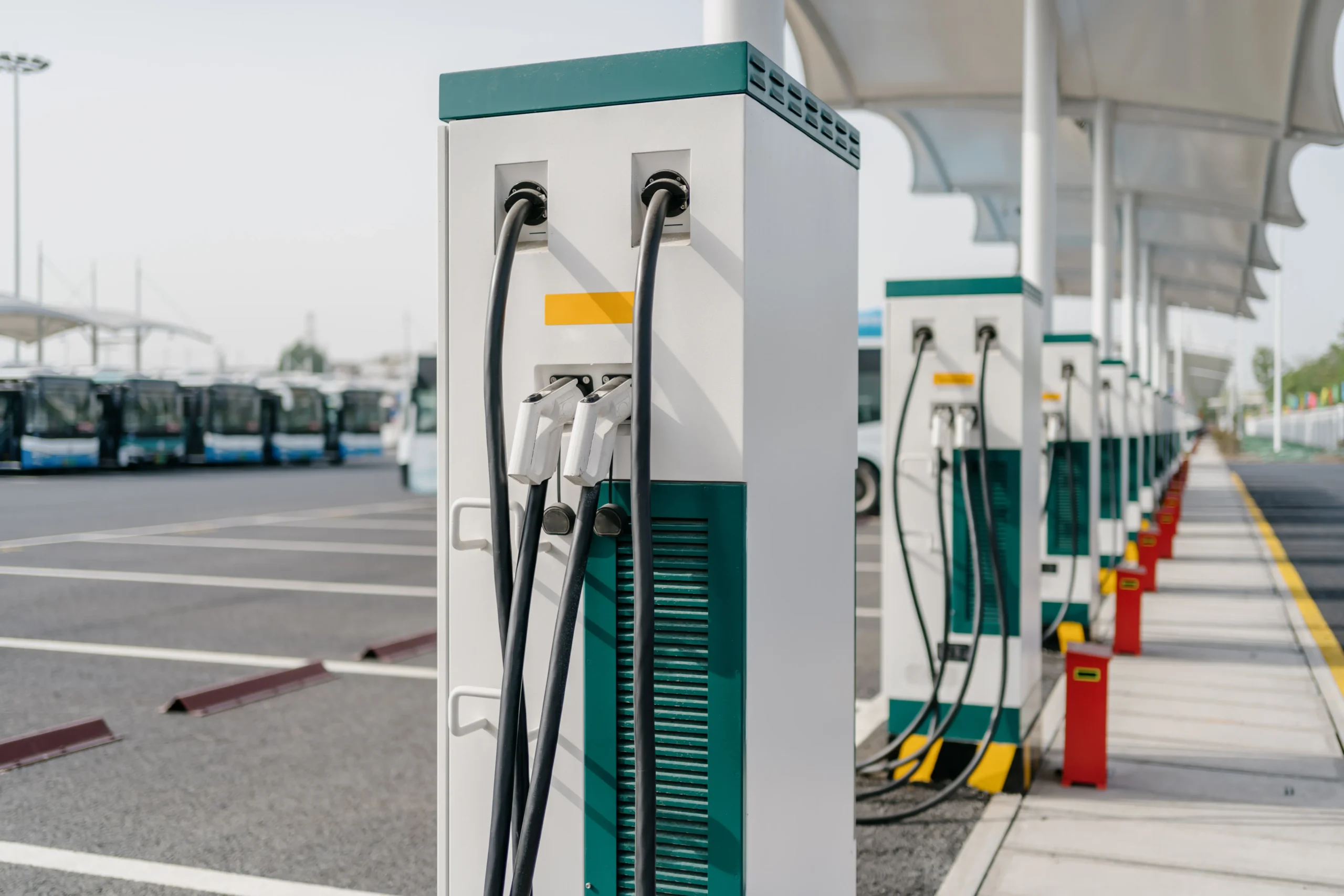The electric vehicle (EV) industry is at the heart of a global transition toward sustainable mobility, and India is no exception. With ambitious goals set by the government and increasing interest from private players, the country is poised to witness significant advancements in its EV ecosystem. However, as EV adoption surges, the readiness of India’s EV charging stations becomes a critical question.
This article explores the present state of EV infrastructure, the challenges it faces, government policies, private sector involvement, and the future roadmap for charging stations in India.
Table of Contents
- Want To Know More About EV

Want To Know More About EV
Charging Your Drive with Electrifying Insights?
The Current Landscape of EV Charging Infrastructure
India has embarked on a path to electrify its transportation system, but the charging infrastructure required to support this transition is still in its infancy. With approximately 3,000 public charging stations operational today, their numbers are far from sufficient to cater to the exponential growth anticipated in EV adoption.
Urban vs. Rural Divide
Most EV charging stations are concentrated in major urban centers such as Delhi, Mumbai, Bengaluru, and Pune. Rural and semi-urban regions, where a significant portion of India’s population resides, remain largely untapped. This geographic imbalance highlights a critical bottleneck in achieving nationwide EV adoption.
The Role of Two- and Three-Wheelers
Interestingly, electric two-wheelers and three-wheelers constitute a significant portion of India’s EV sales. These vehicles often require less extensive charging infrastructure compared to electric cars, making the case for decentralized and localized charging solutions.
Challenges Hindering EV Charging Expansion
1. High Initial Investment
Setting up EV charging stations demands significant financial outlays, including the cost of land, equipment, and installation. For private investors, the long payback period acts as a deterrent.
2. Grid Infrastructure and Power Supply
The existing electricity grid in India is not fully equipped to handle the additional load from a widespread EV network. In areas with frequent power outages, reliable charging becomes a challenge.
3. Lack of Standards
A fragmented ecosystem with varied charger types (AC, DC, fast chargers, etc.) creates compatibility issues. While global standards like CCS and CHAdeMO exist, India’s market is yet to adopt a uniform approach.
4. Public Awareness and Confidence
Many potential EV users remain hesitant due to “range anxiety”—the fear of running out of charge without access to a nearby station. Bridging this psychological gap requires visible and well-distributed charging networks.
Government Policies and Programs
The government has been actively working to address these challenges through targeted initiatives:
FAME II Scheme
Under the Faster Adoption and Manufacturing of (Hybrid &) Electric Vehicles (FAME II) scheme, the government has allocated INR 10,000 crore to incentivize EV adoption and charging infrastructure. A significant portion of this budget is dedicated to setting up charging stations in cities and along highways.
Battery Swapping Policy
Introduced in the Union Budget 2022-23, this policy focuses on battery swapping stations for two- and three-wheelers. Battery swapping allows EV owners to exchange depleted batteries for fully charged ones, eliminating long charging times.
Green Highways Initiative
This initiative involves developing EV corridors with fast-charging stations every 25–50 kilometers along major highways. Key corridors like the Delhi-Mumbai Expressway and Bengaluru-Chennai Highway are set to pioneer this effort.
Incentives for Private Players
To attract private investment, states like Gujarat, Maharashtra, and Tamil Nadu offer subsidies, reduced electricity tariffs, and tax rebates for charging station operators.
Private Sector Contributions
The private sector has shown remarkable innovation and commitment to bridging the infrastructure gap. Here are some noteworthy players in the Indian EV charging space:
- Tata Power EV Charging Network: With over 4,932 public chargers across India, Tata Power is leading the charge in expanding access.
- Charge Zone: Aiming to install one million charging points by 2030, Charge Zone has focused on “plug-and-play” solutions for urban centers.
- Fortum Charge & Drive: This Finnish company has partnered with Indian firms to establish fast-charging stations in metropolitan cities.
- Magenta Mobility: Known for its solar-powered EV chargers, Magenta is redefining sustainable charging.
Technological Advancements Shaping the Future
Technological innovation is crucial for overcoming the limitations of current EV infrastructure. Here are some promising trends that could revolutionize the future of EV charging stations:
1. Smart Charging
Smart charging solutions leverage artificial intelligence (AI) and Internet of Things (IoT) technologies to optimize charging times, manage grid loads, and reduce costs. Features like dynamic pricing, real-time availability, and energy management systems will enhance the user experience.
2. Wireless Charging
While still in the experimental stage, wireless charging has the potential to eliminate cables and connectors entirely. This technology could become a game-changer for urban EV owners who lack dedicated parking spaces.
3. Vehicle-to-Grid (V2G) Technology
V2G technology enables EVs to return excess energy to the grid during peak demand. This two-way energy flow can create a more balanced and resilient power system.
4. Solar-Powered Stations
Solar panels integrated into charging stations can reduce reliance on traditional power grids, making charging more eco-friendly and cost-efficient.
The Road Ahead
India is at a critical juncture in its journey toward a sustainable transportation ecosystem. The development of EV charging stations must be accelerated to match the growing demand for electric vehicles. Key focus areas for the future include:
- Expanding Rural Access: Encouraging public and private partnerships to extend charging infrastructure to rural and semi-urban areas.
- Boosting Affordability: providing subsidies and low-interest loans for setting up charging stations.
- Investing in R&D: Promoting innovation in battery technology, charger efficiency, and grid integration.
- Raising Public Awareness: Launching campaigns to educate consumers about the benefits of EVs and alleviate range anxiety.
Conclusion
India’s efforts to create a comprehensive EV charging network are commendable, but the journey has just begun. By addressing challenges and embracing innovation, the country can pave the way for a cleaner, greener, and more sustainable future. As we look ahead, collaboration between the government, private sector, and consumers will be key to ensuring that EV charging stations in India are not only ready for the future but also help shape it.
If you want to get any more information, then follow my Instagram account

